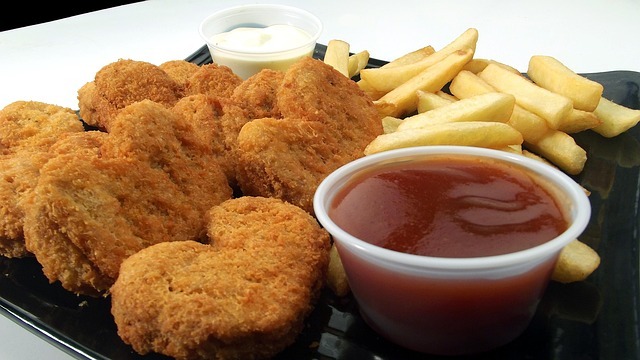
Unlocking the Secrets of Picky Eating: A Journey with 'Magic Foods'
As any parent juggling the whirlwind of daily life knows, mealtimes can turn into battlegrounds, especially with a picky eater in the family. If you've ever worn thin trying to coax a toddler to try 'just one bite' of broccoli, hang tight. Today, we're diving deep into effective strategies that can transform your toddler's relationship with food. Spoiler alert: there’s no magic fairy dust, but there's something close - it’s all about finding the right 'magic foods' that your child would actually love.
The Importance of a Meal Plan
Understanding your differences in picky eaters is essential in crafting a successful meal plan. The idea here is not merely to offer a list of foods, but to have an organized approach that takes your child's likes and dislikes into account. For instance, some children are averse to certain textures or flavors, while others are simply seeking to exert control.
This is where the five-phase plan comes in handy. Starting with creating a positive eating environment can drastically improve your toddler's willingness to experiment with different flavors. As research suggests, a supportive meal atmosphere can encourage even the fussiest eaters to take a leap of faith and try something new.
Five Phases to Pioneer 'Magic Foods'
Phase 1 is all about creating a serene dining space. Shut out distractions and focus on enjoying meals together. It might sound simple, but the absence of pressure can work wonders. Phase 2 encourages routine—feeding your child at scheduled times helps in building appetite and readiness to explore unfamiliar foods.
As their comfort grows, Phase 3 invites one new food at a time, accompanied by familiar favorites. This way, they have a safety net when tasting something new. Phase 4 advocates for family meals where everyone shares the same dish, enhancing the communal experience that often leads to an expanded palate. Finally, Phase 5 emphasizes the importance of patience—teaching that food exploration should be fun, not a chore.
Culinary Empowerment: Letting Kids Participate
Engaging your child in meal preparation can spark their interest in trying new dishes. As they peel carrots or mix salad ingredients, their sense of control transforms into eagerness to taste what they’ve helped create. Given that picky eating tends to peak during toddlerhood, this involvement could ease reluctance and foster a more adventurous palate.
The Path to Positive Eating Relationship
For parents, the key is elevation—transforming mealtime from a source of fear into a moment of joy. By viewing mealtimes as an opportunity for connection and exploration, children's eating habits can evolve from rigid to flexible.
Encouragement and Expert Support
As experts suggest, patience and consistency are indispensable tools in an arsenal aimed at overcoming picky eating. The early intervention of strategies, such as those outlined, ensures that your child develops healthy eating habits for life. If the pushback continues despite your best efforts, consider consulting a pediatric nutritionist or occupational therapist to identify specific challenges that may require expert intervention.
In summary, remember that every child's journey is unique, and what works for one may not work for another. Start small, stay positive, and enjoy the adventure of discovering new flavors! If you're ready to further equip yourself for the journey with practical strategies and insights, be sure to join programs like Mealtime Works. Together, we can conquer picky eating!
 Add Row
Add Row  Add
Add 




Write A Comment